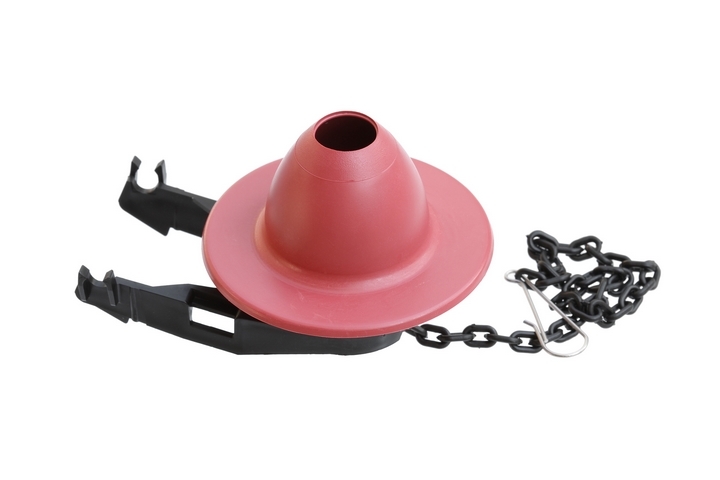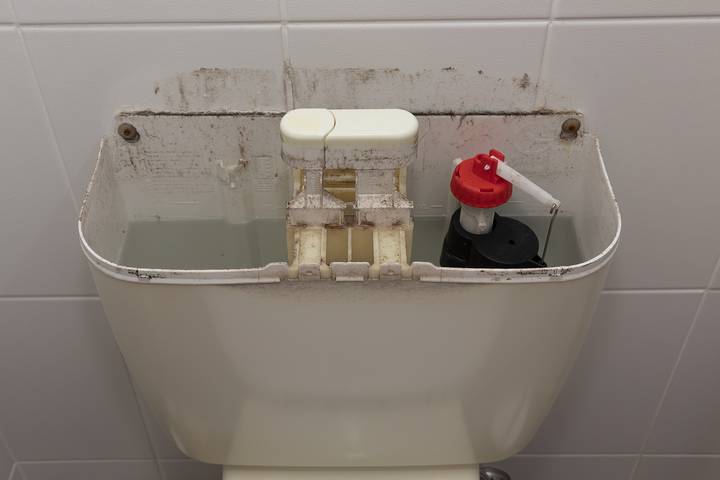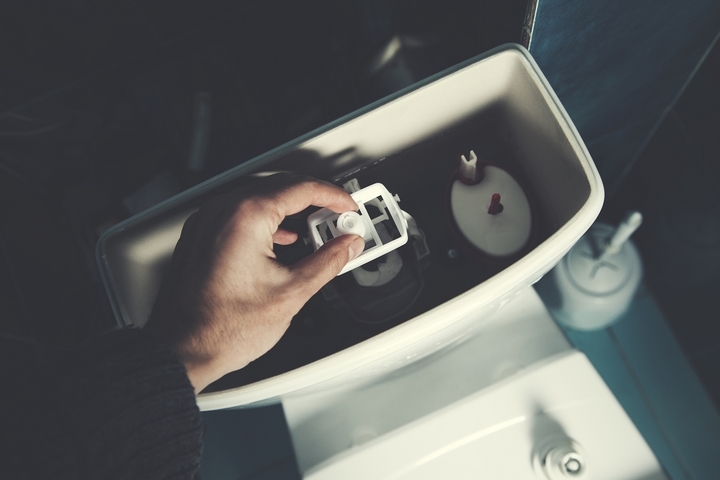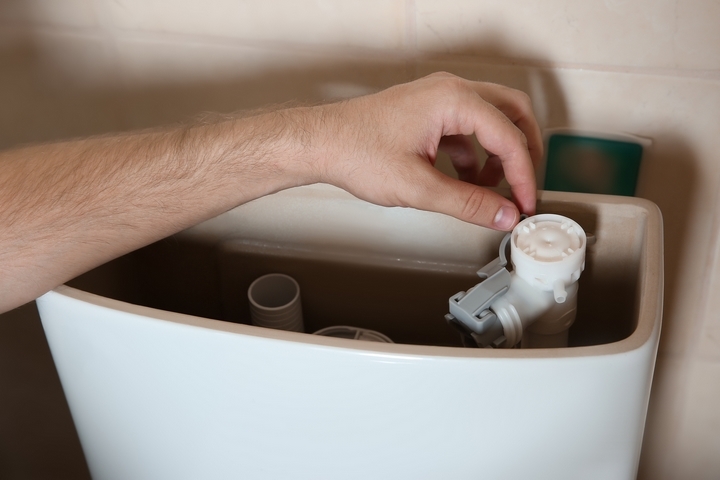When you flush your toilet, you expect it to fill back up with clean water and be ready for the next person. But sometimes, your toilet won’t refill, which can be quite annoying and may require some fixing. Figuring out what’s causing the trouble is crucial to getting it sorted out.
Knowing why your toilet isn’t filling up and fixing the issue can keep it in good working order and help you sidestep future problems. If it’s too tricky to diagnose or repair on your own, don’t hesitate to call a skilled plumber. Remember to always turn off the water supply before you start any repairs to be safe. Armed with the right know-how, you’ll be able to pinpoint and fix any problems with your toilet’s water flow.
This article will explore four common reasons why a toilet may not be filling up with water and what you can do to troubleshoot and resolve the issue. By understanding the potential causes and taking the necessary steps to fix them, you can ensure that your toilet is functioning properly and avoid future issues.
The water supply valve to the toilet is not fully open.

If your toilet isn’t filling with water, check if the water supply valve, often found behind the toilet, is fully open. This valve, sometimes marked by a blue handle, controls the flow of water to your toilet.
A partially closed valve can reduce water flow and stop your toilet from filling properly. Simply locate and turn the valve all the way open to solve the problem. Should the valve be already open, look for other potential issues that may be affecting your toilet’s ability to fill with water.
The float in the toilet tank is not functioning properly.

The float in your toilet’s tank is there to keep the water level in check. It’s generally a ball or a cylinder that stays afloat on the water. This float is connected to the valve that refills your tank after you flush. When this float runs into trouble, your toilet might not fill up properly. A few problems that can mess up how your float works are:
- The float is stuck or damaged.
- The fill valve is not working correctly.
- The float arm or rod is bent or misaligned.
To fix this issue, you will need to inspect the float and determine what is causing it to malfunction. If the float is stuck or damaged, you may need to replace it. If the fill valve is not working properly, you may need to repair or replace it.
If the float arm or rod is bent or misaligned, you may need to straighten or adjust it. It is also a good idea to check for any debris or foreign objects that could be causing the float to malfunction.
The fill valve in the toilet tank is not functioning correctly.

The fill valve in the toilet tank is a crucial component responsible for filling the tank with water after each flush. It is usually located at the bottom of the tank and is activated by the float, which rises as the water level in the tank decreases.
If the fill valve is not functioning properly, it can cause the toilet not to fill up with water. Several issues can cause the fill valve to malfunction, including:
- The fill valve is stuck or damaged
- The valve is not seated properly
- The valve is not adjusted correctly
To fix this issue, you will need to inspect the fill valve and determine what is causing it to malfunction. If the fill valve is stuck or damaged, you may need to replace it. If the valve is not seated properly, you may need to adjust or tighten any loose connections.
If the valve is not adjusted correctly, you may need to adjust the water level in the tank by using the adjustment screw or clip on the fill valve. It is also a good idea to check for debris or foreign objects causing the fill valve to malfunction.
The overflow tube in the toilet tank is blocked.

The overflow tube in the toilet tank is a small pipe that can prevent the tank from overflowing if the fill valve or float fails. It is usually located at the back of the tank and is connected to the drainpipe. If the overflow tube is blocked, it can cause the toilet not to fill up with water.
Several things can cause the overflow tube to become blocked, including:
- Debris or foreign objects that have gotten into the tank
- A build-up of hard water deposits or mineral deposits
- A kink or bend in the overflow tube
The float in your toilet’s tank is there to keep the water level in check. It’s generally a ball or a cylinder that stays afloat on the water. This float is connected to the valve that refills your tank after you flush. When this float runs into trouble, your toilet might not fill up properly. A few problems that can mess up how your float works are:
